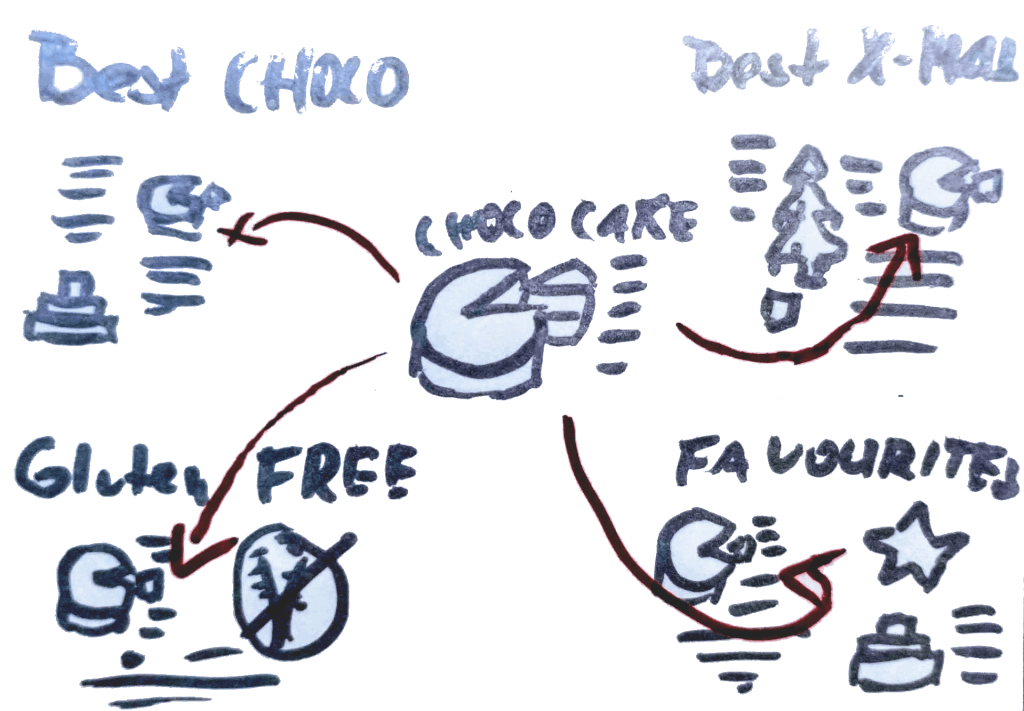
You don’t! That’s the beauty of it. Pages are just one way to view your content.When you are thinking about what to bake, are you thinking about the piece of cake on a plate? I don’t think so. You probably first think about the taste. Are you in the mood for strawberries or chocolate?
Taste is more important than presentation
How does this relate to pages on a website? The presentation of content is not that important. What matters the most is the usefulness of the content. The taste of it. If your customers like it, they will come for more.
So instead of asking yourself how to create a page, you should dig deeper. Look at your core content.
If you are a cake business, focus on creating a content type representing an actual cake. Not the page where the cake is described. This gives you the benefit of taking this nicely structured content type and displaying it on any page, screen, channel you like.
You still need something like a page
Ideally think of the page as one possible way to display content. Let’s say you have a chocolate Christmas cake. And a strawberry Christmas cake. And you also offer a pumpkin Halloween iced chocolate mousse cake.
If you have unstructured pages displaying these cakes, it’s not very easy to create one for Christmas cakes and reuse your existing content. Or how about creating a landing page for chocolate lovers? And we could go a level further down, are you able to quickly show all offers without dairy?

Your content model should allow you to discover, reuse, assemble existing content into new creations. Pages don’t allow for that. If you need pages in your model, they can be added at any time. I also advocate to think about them in terms of topics. Pages are basically collecting existing content and showing it in the context of a certain topic. Such as Christmas cakes, or best chocolate cakes ever!
So to answer the question in the title:
Don’t model pages, if you can (your team content and digital maturity allows it), model only core content, semantic relationships and leave the presentation to the channel. If needed, add wrapper content types for your core content. Those wrapper can be called: landing page, topic, context, or any other content type representing collections in your knowledge domain.
💡 How to create a content type for a page? In short:
- Don’t model pages, model objects
- Structure your objects sufficiently
- Try to replace pages with topics and view them as one possible presentation
- Topics (pages) are representing the relationship of the content pieces on them
Suggested reads:
https://alistapart.com/article/the-core-model-designing-inside-out-for-better-results/
